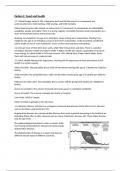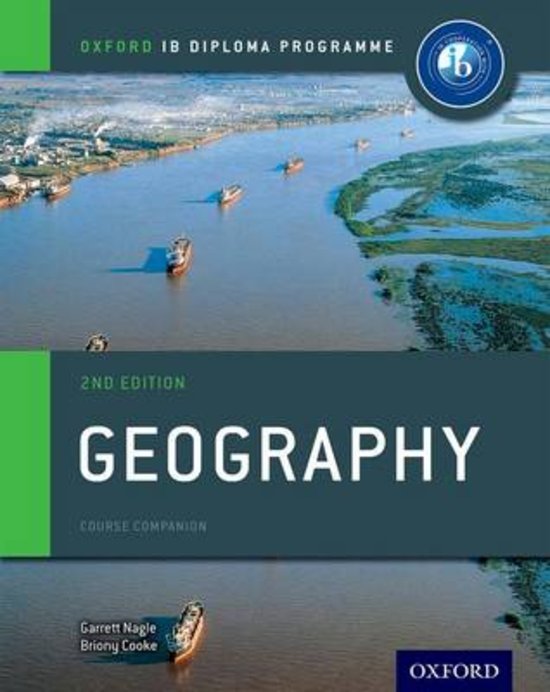Class notes
IB Geography Option F notes
- Course
- Institution
- Book
This document provides a detailed account of what you will need to know for your IB Geography paper 1 if you select option F: Food and Health. It helped me study for my exams in May 2023, and can be helpful for all IB Geography students that pass their exams before the change in program, in 2028.
[Show more]




